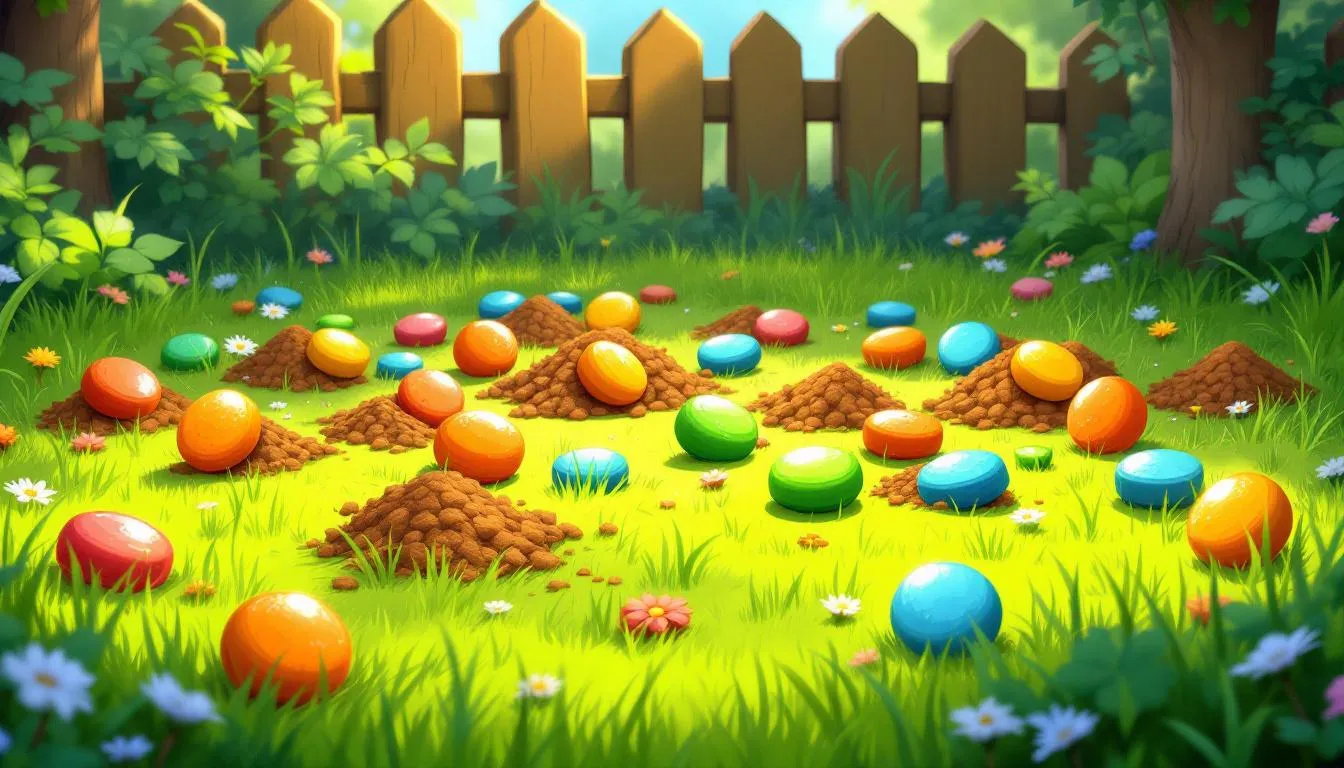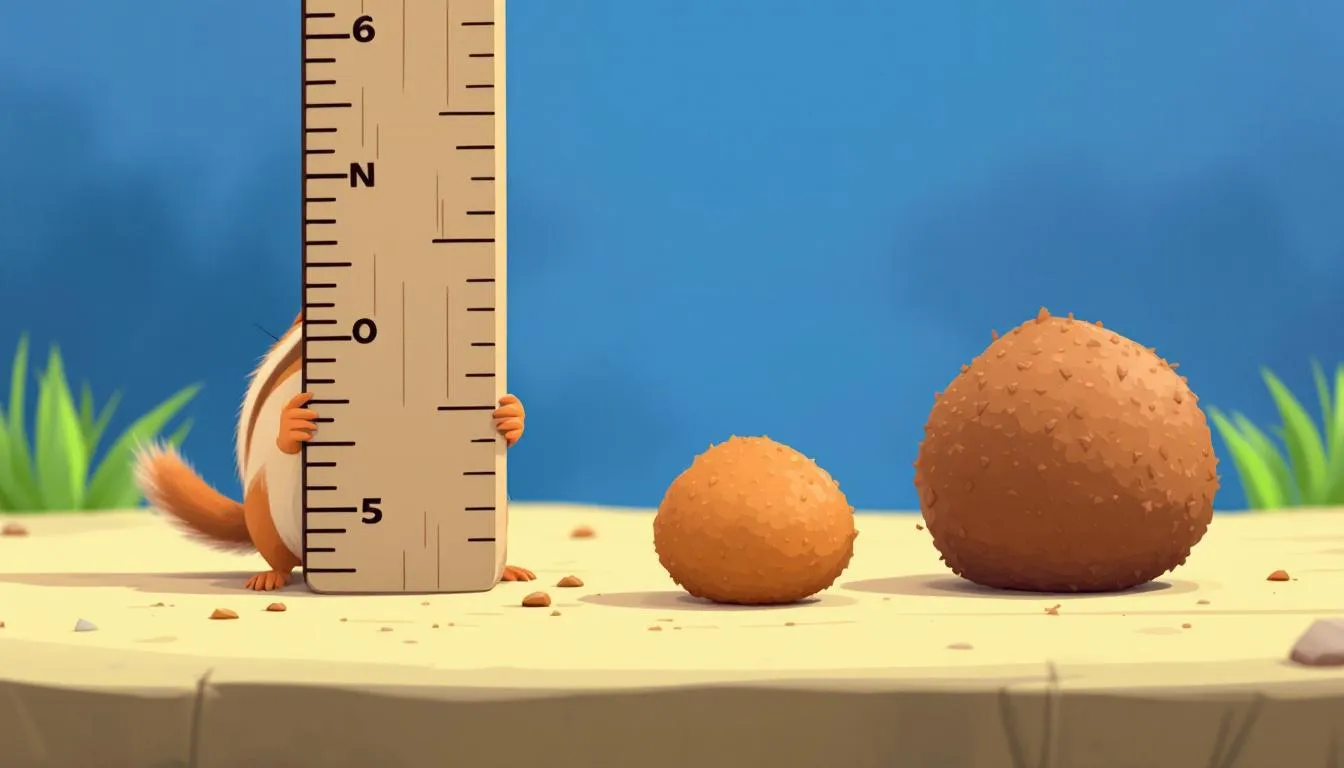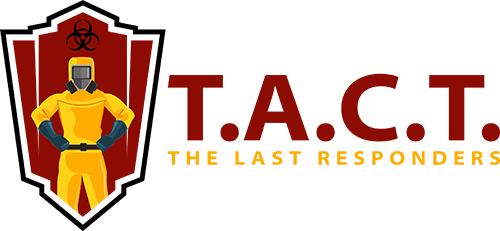What does Chipmunk Poop looks like and how to identify it

What Does Chipmunk Poop Look Like and How to Identify It
Wondering what chipmunk poop looks like? This article will help you identify their droppings based on size, shape, and color. Knowing how to recognize chipmunk feces is essential for managing infestations and ensuring a healthy environment.
Key Takeaways
Chipmunk droppings measure 1/4 to 3/8 inches, are elongated, cylindrical with pointed ends, and often contain traces of seeds or plant matter, aiding in identification.
Chipmunk feces can pose health risks, carrying diseases such as leptospirosis and salmonella, as well as parasites that can affect pets and humans, making safe cleanup crucial.
Preventing chipmunk infestations involves eliminating food sources, using physical barriers, and regularly inspecting for signs of activity to mitigate property damage and health risks.
Identifying Chipmunk Droppings

Identifying chipmunk droppings helps distinguish them from those of other rodents. But what exactly do chipmunk droppings look like? Typically, they measure between 1/4 to 3/8 inches long and are tiny, elongated, and often contain traces of seeds or plant matter. These overall characteristics significantly aid in proper identification.
One might find chipmunk droppings near bird feeders or in gardens where these small mammals forage for food. Their chipmunk’s diet mainly consists of seeds, nuts, and fruits, which can sometimes be identified in their droppings. This is particularly useful when trying to differentiate between chipmunk droppings and those of other rodents like mice or rats.
Identifying chipmunk droppings is practical for managing an infestation. Knowing what to look for helps address a potential problem, preventing property damage and reducing health risks.
Size and Shape of Chipmunk Poop

The size and shape of chipmunk droppings are distinct yet subtle enough that they can easily be confused with other small creatures’ rodent feces. Typically, chipmunk droppings are about 1/4 to 3/8 inch long, making them smaller than those of larger animals like squirrels or raccoons. Their hard, elongated, cylindrical shape with pointed ends is a key characteristic to look for, especially given their small size.
Chipmunks live in a variety of environments, and their droppings can appear slightly different based on their diet and age:
Younger chipmunks might have smaller, softer droppings.
Older chipmunks might produce more robust, well-formed feces.
A chipmunk’s diet, which includes a variety of seeds, nuts, and sometimes insects, can also influence the droppings’ appearance.
Understanding the size and shape of chipmunk droppings helps distinguish them from those of other small mammals. For example, mouse droppings are typically notably smaller and more uniform in size, whereas ground squirrel droppings are larger and less tapered. This knowledge is invaluable when trying to identify chipmunk droppings and address a chipmunk infestation effectively.
Color Variations in Chipmunk Droppings
The color of chipmunk droppings can range from light brown to dark brown and even black, influenced by their diet, which often includes seeds and berries. For instance, a diet rich in berries can result in droppings with reddish or purplish hues, providing a colorful clue to the chipmunk’s recent meals and showcasing various color ranges.
As chipmunk droppings age, their color tends to lighten, and they may become brittle or crumbly. This transformation is an important factor to consider when identifying chipmunk droppings, as it can indicate how long the droppings have been present.
Fresh droppings will generally be darker and typically firm, while older ones will be lighter and more fragile. Recognizing these color variations can help accurately identify chipmunk droppings and assess the level of chipmunk activity in an area.
Common Locations for Chipmunk Droppings

Chipmunks tend to leave their droppings in specific areas where they spend a lot of time. Common locations include near their burrows, feeding areas, and along their travel paths. If you find chipmunk droppings near bird feeders or nut-bearing trees, it’s a good indicator that chipmunks are foraging in these areas.
You might also find chipmunk droppings in the following locations:
Under structures like decks and porches, where they seek shelter
Near burrow entrances or around the openings of their homes
In gardens or yards with rock walls and rocks garden beds that serve as their travel routes, including small holes.
These sheltered areas provide a safe environment for chipmunks to live and thrive.
In wooded areas, chipmunks leave droppings along established trails or paths where they are known to travel. Identifying these common locations can help detect a chipmunk problem early and take steps to deter them from your property. Chipmunk droppings are typically found in small clusters rather than scattered, which is another clue to their presence.
Health Risks Associated With Chipmunk Feces

Chipmunk feces pose health risks due to the disease and parasites they can carry. Diseases such as:
leptospirosis
tularemia
salmonella
hantavirus
rabies can be transmitted through direct contact with chipmunk droppings. These diseases can be contracted by:
touching contaminated food
inhaling dust from dried feces making it crucial to handle chipmunk droppings with care.
Chipmunks can also spread harmful parasites like ticks and fleas, posing significant health risks. These parasites can latch onto pets and humans, leading to further health complications. It is essential to minimize direct contact with chipmunk droppings and take preventive measures to avoid infestations.
Handling chipmunk feces without protective gear can cause skin irritation and exposure to zoonotic diseases. As chipmunk droppings age, they can become brittle, increasing the risk of contamination in the air with harmful bacteria. Wearing protective gear and using disinfectants are necessary to avoid these health risks.
Safe Cleanup of Chipmunk Droppings
Cleaning up chipmunk droppings safely is essential to minimize health risks. Before cleaning, follow these steps:
Ensure proper ventilation by opening doors and windows for about 30 minutes to disperse any airborne contaminants.
Wear disposable gloves.
Practice proper hygiene when handling chipmunk droppings.
To safely clean droppings and urine:
Mist the droppings and urine with a disinfectant to prevent airborne contaminants.
Avoid using vacuums or brooms on droppings as they can spread harmful particles into the air.
Use damp paper towels to carefully pick up the droppings and place them in a sealed plastic bag.
Properly dispose of the used cleaning materials to limit exposure.
After removing the droppings, thoroughly wash your hands with soap and water to minimize health risks and prevent direct contact. For heavy infestations, consider wearing respiratory protection along with gloves and coveralls for complete safety during cleanup.
Preventing Chipmunk Infestation

Prevent a chipmunk infestation by eliminating easy food sources. Removing pet food and birdseed can significantly deter chipmunks from foraging around your property. Eliminating wood and rock piles can make your yard less attractive to chipmunks.
Physical barriers, such as wire mesh fences, can hinder chipmunks from entering gardens and other sensitive areas. Planting deterrent flowers like daffodils can help repel chipmunks and other plant material. These measures are effective in minimizing the risk of a chipmunk infestation and maintaining a chipmunk-free environment.
Implementing these measures can prevent chipmunks from causing property damage and avoid health risks associated with chipmunk feces. Regular inspections for chipmunk activity and prompt addressing of any pests can help keep these critters at bay.
Differences Between Chipmunk and Other Rodent Droppings
Distinguishing chipmunk droppings from other rodents is crucial for accurate identification. Chipmunk droppings are usually cylindrical with slightly pointed ends, resembling small pellets. In contrast, rat feces are generally more uniform and cylindrical in shape.
Chipmunk feces are often found in small clusters rather than scattered, a key difference from the droppings of other rodents like mice. Moreover, chipmunk droppings may sometimes contain undigested food particles, a feature less common in the droppings of other animals.
The color of chipmunk droppings is usually dark brown or black, similar to rats and squirrels. Recognizing these subtle differences can help accurately identify chipmunk droppings and address a potential infestation effectively.
Behavior and Habits of Chipmunks
Chipmunks forage actively, collecting food from dawn until dusk. They adapt their foraging behavior based on environmental conditions, producing water from nutrient metabolism when necessary. This adaptability helps them thrive in various environments.
Female chipmunks dig additional entrances and gather nesting materials before giving birth. Their home range typically covers about seventy-five square feet around their burrow, expanding during food-rich seasons. During mating season, male chipmunks leave their home ranges in search of females, while females generally remain near their burrows.
Chipmunk feces can exhibit hues like reddish or purple, influenced by their consumption of fruits and berries. The color of chipmunk droppings can provide insight into their dietary choices and recent food intake. Chipmunks have a variety of vocalizations, including chips and chucks, used for communication, warning of danger, or expressing emotions.
Summary
Identifying chipmunk droppings accurately is essential for managing chipmunk infestations and minimizing health risks. Understanding the size, shape, and color variations of chipmunk droppings can help you distinguish them from those of other rodents. Recognizing common locations for chipmunk droppings and implementing safe cleanup practices are crucial steps in maintaining a clean and safe environment.
Preventive measures, such as removing food sources and creating physical barriers, can significantly reduce the risk of chipmunk infestations. By staying vigilant and proactive, you can effectively manage chipmunk problems and ensure a healthier living space for you and your family. Remember, a little knowledge goes a long way in keeping these curious critters at bay.
Frequently Asked Questions
What do chipmunk droppings look like?
Chipmunk droppings are small and elongated, measuring about 1/4 to 3/8 inch long, and often have visible traces of seeds or plant matter. If you encounter these droppings, it's a clear sign of chipmunk activity in the area.
Where are common locations to find chipmunk droppings?
You can commonly find chipmunk droppings near their burrows, feeding spots, under decks, around bird feeders, and along their travel paths. These locations indicate their active areas.
What health risks are associated with chipmunk feces?
Chipmunk feces pose significant health risks, including the transmission of diseases such as leptospirosis, tularemia, salmonella, hantavirus, and rabies, as well as harmful parasites like ticks and fleas. It's crucial to handle any potential exposure with caution.
How can I safely clean up chipmunk droppings?
To safely clean up chipmunk droppings, wear disposable gloves and ensure proper ventilation while misting the droppings with disinfectant. Avoid vacuums or brooms, and wash your hands thoroughly afterwards.
How can I prevent a chipmunk infestation?
To prevent a chipmunk infestation, remove easy food sources and keep your yard tidy. Additionally, create physical barriers and consider planting deterrent flowers like daffodils.
Latest news

Bio Cleaning Services
Read More
Nosy neighbors peeking? T.A.C.T. North Atlanta offers discreet biohazard remediation for rodent infestations, mold, hoarding, and more. Unmarked vehicles, quiet experts, full privacy—24/7 service at 470-781-4775.
Read More
